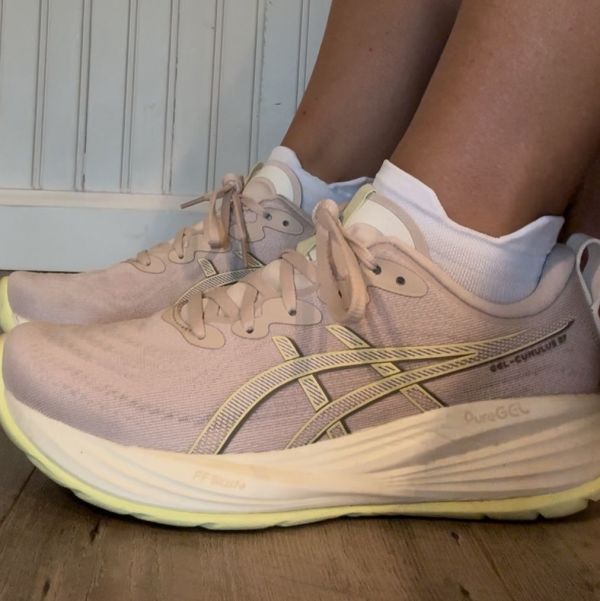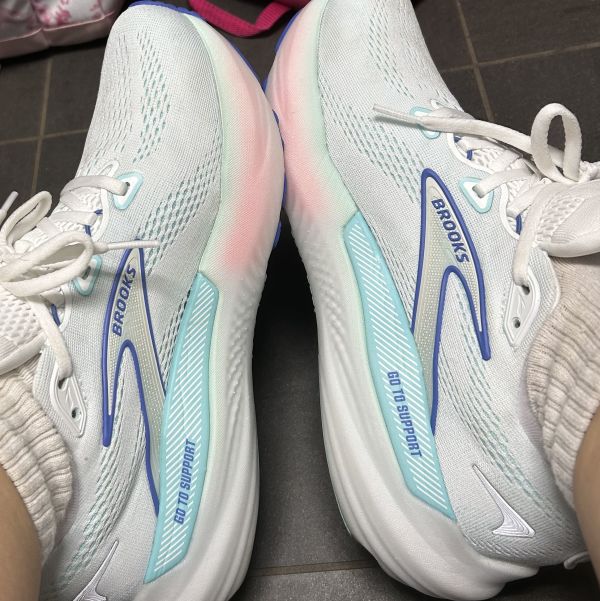
The Tecton X3 is HOKA’s boldest stab at the carbon-plated trail shoe category—and after over 200 miles of testing, I’ve come to appreciate this shoe not for what it looks like on paper, but for what it does in the final third of a long, runnable trail effort. It’s not perfect, but for certain runners and race-day scenarios, it might be exactly what your legs need.
Specs of Note
I’ll admit it: my initial runs in the Tecton X3 left me skeptical. As someone who gravitates toward nimble, race-flat trail shoes, the high-stack, rigid build of the X3 felt overly aggressive on flats and awkward on climbs. But with more miles—and especially more long efforts—I began to understand its place.
This shoe wasn’t made for short-course PRs or vertical Ks. It was made to cruise. On rolling singletrack and buttery descents, especially when the legs are fried, the X3 delivers a smooth, confidence-boosting ride. There’s a point where the shoe feels like it takes over for your quads—and that point is exactly when you’re glad you didn’t go with something more minimal.
The Tecton X3 performs best at moderate paces—think 7:00 to 9:30 min/miles—with enough pep to roll through runnable ultras but enough cushion to forgive a sloppy stride after hours on trail. I’ve taken them from 5:00/mi strides to 15+ min/mile power hikes and they’re not optimized for either extreme.
Where they truly shine is in the gray zone: runnable fire roads, slickrock mesas, and cruiser singletrack. On descents, the dual PEBA midsole feels bouncy without being unstable. And even late in a long effort, they help maintain form and pop.
You wouldn’t guess it from the stack height, but the X3 can handle more than just groomed trail. I’ve confidently bombed plenty of descents, even moderately rocky ones. The carbon plate doesn't seem to make the midsole too rigid or tippy unless you’re in a riverbed full of loose baby heads. That’s where things get dicey. It’s not the best shoe for uneven rocks or sudden shifts in terrain.
The bootie-style Matryx upper fits snugly but may not be ideal for everyone. I experienced significant Achilles hotspots during my first few runs, likely due to the heel design and my narrow feet. It’s a snug shoe overall—long and lean—so wide-footed runners may struggle, while narrow-footed runners should double-check lockdown and consider heel lock lacing.
The integrated gaiter design helps keep out debris but makes the upper run hot. And in wet conditions? Forget it. The Tecton X3 is not a shoe that drains well. After a water crossing, I felt like I was dragging around bricks. This wouldn’t be my first choice for a wet, rainy, or hot race.
So where does the Tecton X3 shine? Here’s my short list:
It's not the shoe for short course racing, high-heat summer ultras, or ultra-technical terrain. But for its niche, it might be one of the best carbon-plated options on the market.
The Tecton X3 isn’t the lightest, fastest, or even most fashionable trail shoe out there (in my opinion)—but it might be one of the smartest tools for long, runnable races where leg fatigue and stride preservation are the name of the game. It’s a shoe that rewards patience and really comes alive when your legs start to fade. If you can get past the price tag and find the right terrain, it just might become your go-to for race day.
Login to your account to leave a comment.






We Want to Give it to You!
